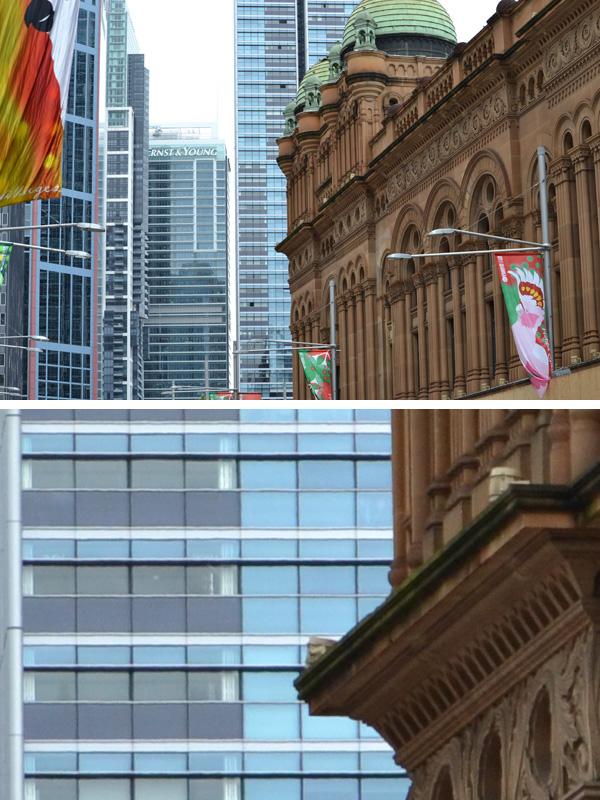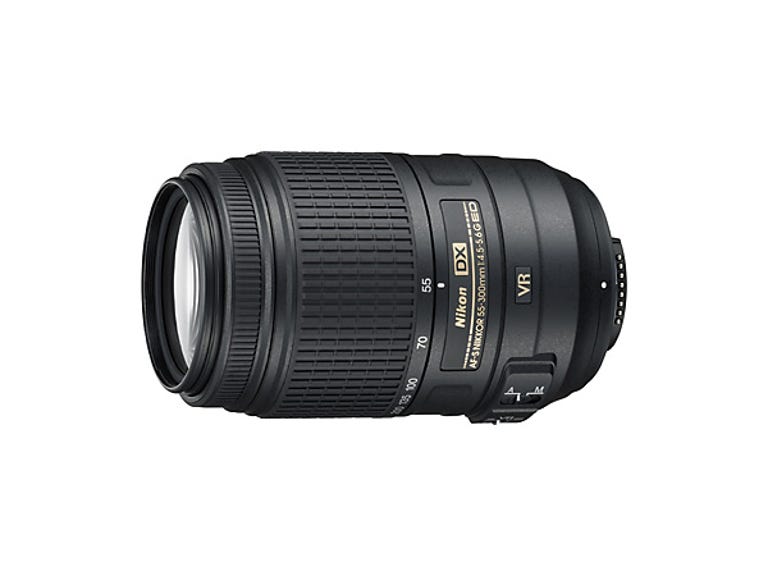 Why You Can Trust CNET
Why You Can Trust CNET AF-S DX Nikkor 55-300mm f/4.5-5.6G ED VR review: AF-S DX Nikkor 55-300mm f/4.5-5.6G ED VR
The 55-300mm lens is a decent, though not stellar, addition to any Nikon photographer's kit if you shoot on the DX format and need an extensive telephoto reach.
Looking for a telephoto lens to take photos of distant subjects, and own a Nikon DX camera like the D3100, D5000, D90 or D7000? The 55-300mm lens from Nikon is one you may want to consider.
The Good
The Bad
The Bottom Line
Debunking the letters
There's plenty of letters provided on the lens barrel, and they are all reasonably easy to decipher if you know what to look for. AF-S means it's an autofocus lens with an integrated motor, G means there's no aperture ring for manual aperture adjustments on the exterior, and ED is extra-low dispersion which is a fancy way of saying the glass on the lens is optimised to help lower chromatic aberrations.
The DX moniker means that the lens is intended for use on Nikon's DX cameras rather than full-frame FX ones (though they can be mounted on these bodies, with resulting images at a reduced resolution and with black surrounds).
Our review was conducted using the 55-300mm lens attached to the Nikon D3100.
Design and features
The 55-300mm appears the same as any number of other Nikon DX lenses, with a black plastic casing and rubberised focus and zoom rings. There are two physical switches, one for automatic/manual focus, the other for turning vibration reduction on and off. When attached to the D3100, it feels light and mostly nimble despite the focal length of the lens. On its own, the lens weighs 530 grams.

A shot taken at the 55mm focal length, with 100 per cent crop underneath. (Credit: CBSi)
With a maximum aperture of f/4.5-5.6 it's definitely not a fast lens. In fact, it's slightly slower at the wide end than the 55-200mm lens from Nikon, that also comes in a kit configuration with the D3100. It has a filter thread of 58mm and included in the box are a lens hood and a lens carrying case.
Performance and image quality
This may be a slow lens in terms of aperture, but it's also slow when it comes to autofocus. The 55-300mm struggles to find focus under 1 second on subjects, particularly when zoomed in at the telephoto reach. Though the lens is not heavy, it's still a struggle to hold still when at the 300mm focal length and would require a tripod for stabilisation if you were shooting in low light.
Here's looking at you. 100 per cent crop, 1/400 @ f/4.8, ISO 400, 140mm. (Credit: CBSi)
Edge-to-edge sharpness is reasonable through most focal lengths through to 135mm, with a noticeable drop-off after that. Images taken at the full 300mm extension appear mushy and unsharp when viewed at full magnification, a sure giveaway of the price of this lens. There's also a small amount of vignetting across all focal lengths, but it is not noticeable enough for most photographers to worry about.
A shot taken at the 300mm focal length, with 100 per cent crop underneath showing the lack of sharpness. Compare it to the 55mm focal length further up the page to see the difference in sharpness across the focal lengths. (Credit: CBSi)
Best results are obtained when sticking to focal lengths in the 55-150mm region, which provide perfectly acceptable images at full resolution for a lens of this class.
Conclusion
The 55-300mm lens is a decent, though not stellar, addition to any Nikon photographer's kit if you shoot on the DX format and need an extensive telephoto reach.


